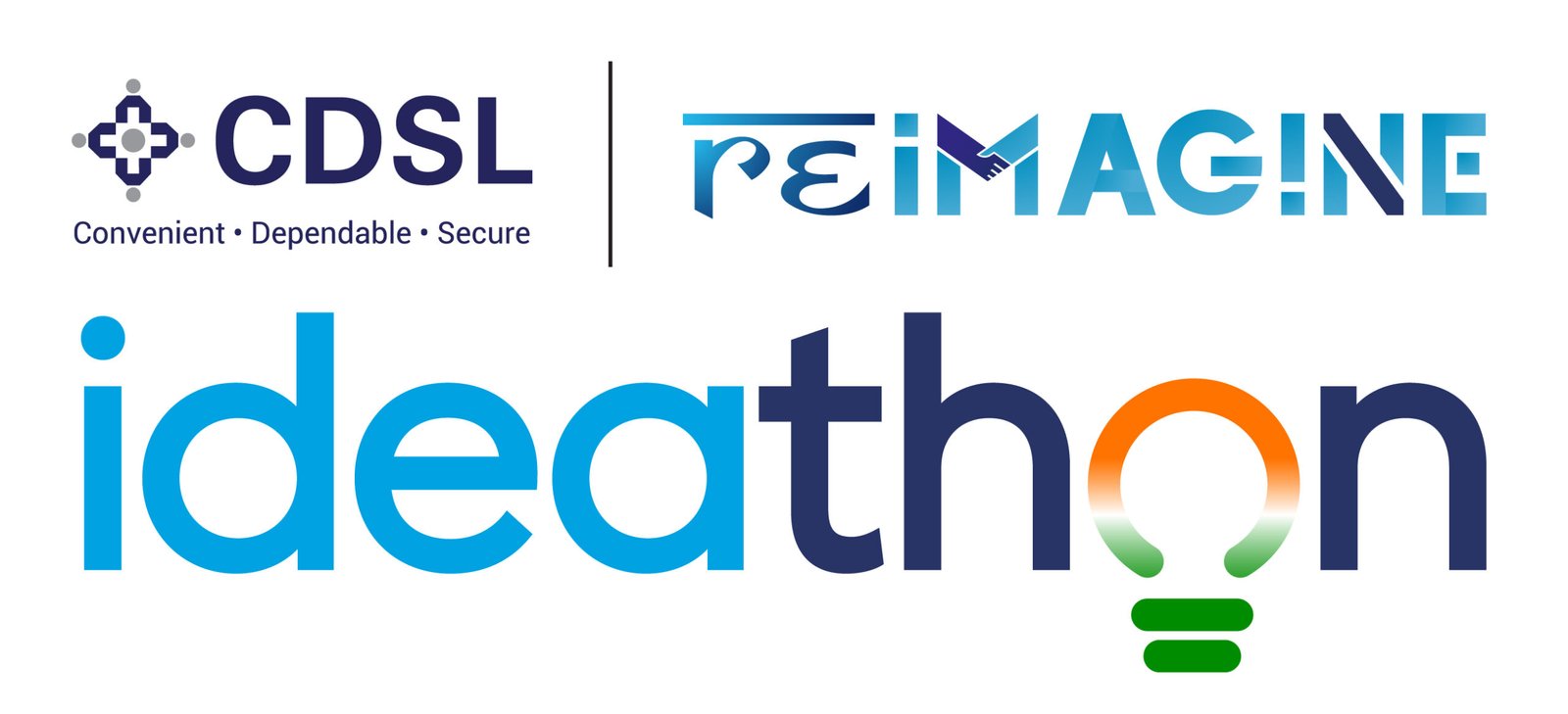Author – Chitrarath Singh
In today’s world, technology has become a significant component in every section of our lives. Education and communication up to shopping and banking can now be accomplished using technology because the digital age has brought greater convenience and connectivity in every aspect of life. At the same time, a growing concern that goes along with it is the existence of cybersecurity. Cybersecurity is the practice of protecting one’s devices, networks, and data from cyber threats like hacking, phishing, and malware. With respect to being in a highly connected world today, understanding why cybersecurity matters and how these threats can be addressed by appropriate mitigation measures is an imperative to be aware of today.
Today, the principal reasons this is crucial involve sensitive data stored on online platforms: personal financial data, personal medical data, private discussions, among many others-are mostly housed in the servers or cloud systems. This information, if accessed by someone who should not have it, can give rise to identity theft, monetary loss, or even psychological trauma. According to a 2022 report by Statista, more than 422 million people worldwide fell victim to data breaches during that year. For instance, if a cyber hacker gains access to your bank account number, they can withdraw all your savings money or make unauthorized purchases. In more severe cases, hackers can blackmail individuals by threatening to release private information.
Another major concern is the impact of cyberattacks on businesses and governments. For businesses, a cyberattack can result in financial losses, reputational damage, and loss of customer trust. In 2021, IBM reported that the average cost of a data breach was $4.24 million, the highest in 17 years. Companies such as Sony and Target have had massive data breaches in the past, affecting millions of customers. For governments, cyberattacks can threaten national security, disrupt essential services, and compromise sensitive information. For example, a cyberattack on a power grid or water supply can have devastating consequences for entire communities.
Still, many are downplaying the seriousness of cyber security as there are people and organizations taking these risks very lightly. Often, they end up in vulnerabilities such as using simple passwords, click on dangerous links, and not upgrade their software that leaves an easy target to hackers. Sometimes, some organizations believe that cyber-attacks can never target them, therefore fail to install strong defense systems. In this perspective, cyber-thieves exploit all the holes in their system and network.
Perhaps one of the most common types of problem related to cybersecurity is phishing. In phishing, cybercriminals pretend to be legitimate organizations by sending emails that seem authentic and ask people to enter their personal information. A typical example would be getting an email that seems like it is from your bank asking you to verify your account. You click on the link they gave, and then you input all your details, which now becomes a way for them to access your account. According to the Anti-Phishing Working Group, over 1.2 million phishing attacks were reported globally in the first quarter of 2022 alone. Phishing is a widespread problem because it preys on trust and can be difficult to detect.
Another problem is ransomware, which is a type of malware that locks you out of your own files or devices until you pay a ransom. Ransomware attacks have increased in recent years and have affected hospitals, schools, and even people’s personal computers. In 2021, ransomware attacks resulted in damages of over $20 billion worldwide. Such attacks are especially dangerous because they can cripple critical services and cause huge financial losses.
Therefore, what steps can be taken to protect the individual from such threats, and vice versa? Preventive measures form the backbone in securing cyber lives. Some of the easiest yet best practices involve the use of strong, unique passwords in all your accounts. An effective password consists of uppercase and lowercase letters, numbers, and special characters. Do not use passwords as “123456” or “password”.
Another important measure is enabling two-factor authentication (2FA) wherever possible. 2FA adds an extra layer of security by requiring a second form of verification, such as a code sent to your phone, in addition to your password. Even if someone manages to steal your password, they won’t be able to access your account without the second factor.
Upgrades to your devices and software can be another crucial step. Sometimes, updates come with patches of security issues in the system. This may leave a device open to attacks in case updates are ignored. Similarly, reliable antivirus software can help detect and block malware before it causes any harm.
For businesses and organizations, investing in cybersecurity infrastructure and training is essential. This includes firewalls, intrusion detection systems, and regular security audits. They should be trained to identify phishing attempts, use secure networks, and follow best practices for data protection. Governments can also play a role by implementing regulations and encouraging collaboration between the public and private sectors to combat cyber threats.
Perhaps the most important preventive measure is educating yourself and others regarding cybersecurity. Awareness is a first step to action. One becomes less likely to become a victim of cyber threats once one understands how they work and what steps you can take to prevent such cyberattacks. Schools, colleges, and workplaces should include cyber security as part of their training programs for all people to be in a position to stay safe online.
In conclusion, cyber security is an important part of our life in the world of digitization. The issue that we are facing-the problem of phishing and ransomware-is serious, but preventive measures such as passwords, two-factor authentication, and updates can help eliminate them. Taking responsibility for our own safety and staying informed about best practices of cybersecurity will protect us from cyber threats and ensure safe communities and a digital world. As technology continues to evolve, staying vigilant and proactive about cybersecurity will become the most important thing.











